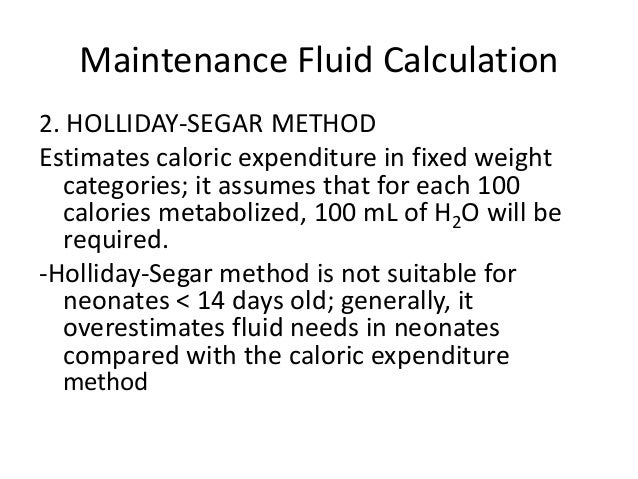

The role of FBT is to improve the circulating volume, cardiac output and mitigate circulatory dysfunction and organ hypoperfusion. Fluid bolus therapy (FBT) has long been the central component of resuscitation of children with sepsis ( 4). The worldwide burden of sepsis in pediatric intensive care in terms of morbidity and mortality remains high and is a key healthcare priority ( 1– 3).

This review outlines current knowledge and future direction for FBT in sepsis. Despite this, a greater understanding of the role of FBT in terms of the physiological response and possible harm is warranted. Thirdly, FBT exists in a complex myriad of pathophysiological responses to sepsis and other confounding therapies. Secondly, assessment of the circulation is based on non-specific clinical signs and limited haemodynamic monitoring with limited physiological targets.

Firstly, the physiological and haemodynamic response to FBT including magnitude and duration is not well described in children. The complexity of studying FBT relates to several points. In view of this, studies of fluid restrictive strategies in adults and children have emerged. In recent times, evidence suggesting harm from fluid in terms of morbidity and mortality have generated interest in evaluating FBT. The evidence base supporting these guidelines are based on limited data including animal studies and case control studies. Fluid bolus therapy (FBT) is a first line therapy for resuscitation of septic shock and has been a recommendation of international guidelines for nearly two decades. Sepsis is a leading cause of morbidity and mortality in children with a worldwide prevalence in pediatric intensive care units of approximately 8%.


 0 kommentar(er)
0 kommentar(er)
